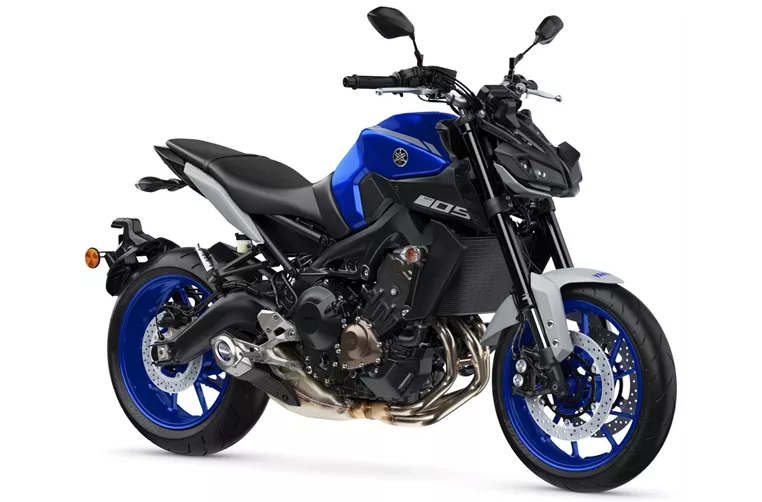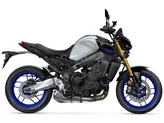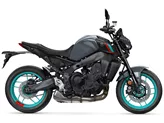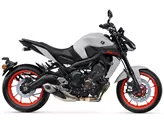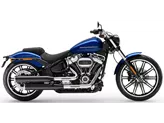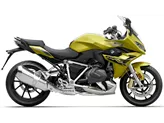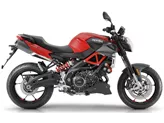Suzuki GSR 750 2017 vs. Yamaha MT-09 2020

Suzuki GSR 750 2017
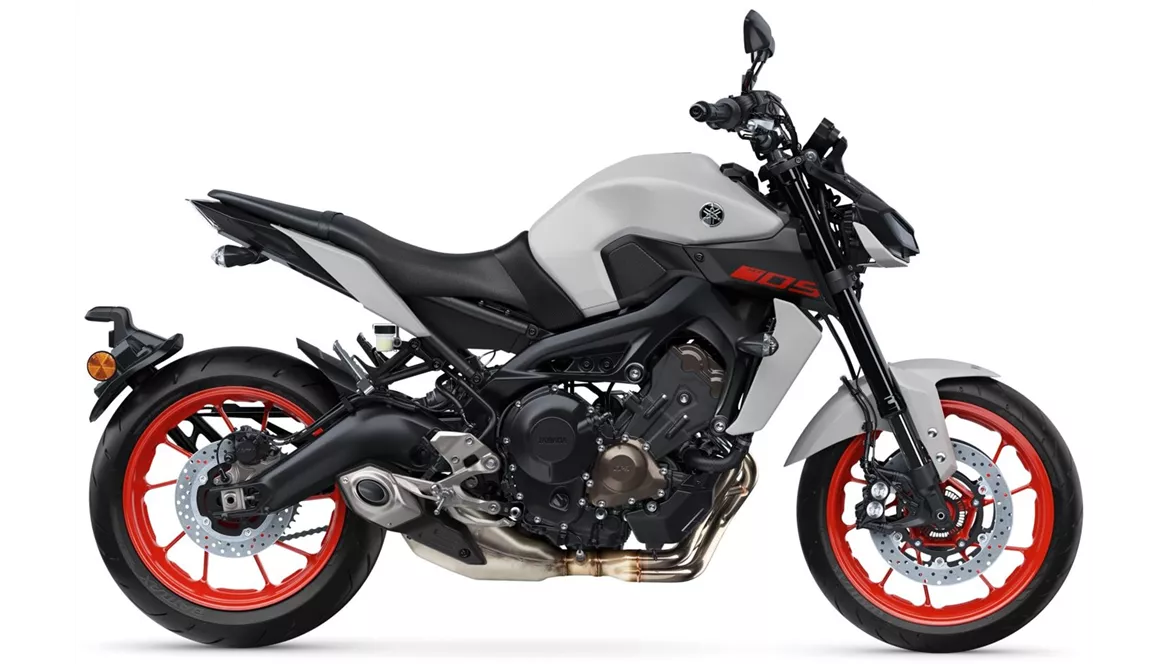
Yamaha MT-09 2020
Overview - Suzuki GSR 750 2017 vs Yamaha MT-09 2020
The Suzuki GSR 750 2017 and the Yamaha MT-09 2020 are both naked bikes that offer a thrilling riding experience. While they share similarities in terms of engine type, front and rear tire dimensions, and chassis frame type, there are notable differences between the two models.
In terms of engine power, the Yamaha MT-09 2020 takes the lead with 115 HP compared to the Suzuki GSR 750 2017's 106 HP. The Yamaha also boasts a higher torque of 87.5 Nm, surpassing the Suzuki's 80 Nm. This difference in power and torque translates to a more exhilarating acceleration and overall performance on the Yamaha.
Another significant difference lies in the number of cylinders and displacement. The Suzuki GSR 750 2017 features a 4-cylinder engine with a displacement of 749 ccm, while the Yamaha MT-09 2020 has a 3-cylinder engine with a displacement of 847 ccm. The Yamaha's 3-cylinder configuration offers a unique engine sound and character, while the Suzuki's 4-cylinder engine provides a smoother and more refined performance.

Suzuki GSR 750 2017
In terms of chassis, the Suzuki GSR 750 2017 features a steel frame, while the Yamaha MT-09 2020 utilizes an aluminum frame. The aluminum frame on the Yamaha contributes to a lighter overall weight and improved agility, making it more maneuverable in tight corners and city riding.
Both bikes come equipped with double disk brakes at the front, ensuring reliable stopping power. However, the Suzuki GSR 750 2017's brake system requires more manual force compared to the Yamaha MT-09 2020. This may be a consideration for riders who prioritize ease of braking.
In terms of dimensions and weights, both bikes have the same front and rear tire widths and diameters. The Suzuki GSR 750 2017 has a slightly longer wheelbase of 1450 mm compared to the Yamaha MT-09 2020's 1440 mm. Both bikes have a seat height of 815 mm, providing a comfortable riding position for most riders. However, it is worth noting that the Yamaha has a smaller fuel tank capacity of 14 liters compared to the Suzuki's 17.5 liters, which may affect the range between refueling stops.

Yamaha MT-09 2020
In terms of strengths, the Suzuki GSR 750 2017 offers an attractive overall appearance, stable handling, and successful tuning of the suspension elements. The instruments are also easy to read, enhancing the overall riding experience. On the other hand, the Yamaha MT-09 2020 boasts a powerful engine with plenty of torque, allowing for thrilling acceleration. The fine control of traction control adds an extra layer of safety and confidence to the riding experience.
However, both bikes have their weaknesses. The Suzuki GSR 750 2017's brake system requires more manual force, which may be tiring for some riders. Additionally, the box swingarm on the Suzuki is not particularly aesthetically pleasing. The Yamaha MT-09 2020 lacks a blipper function, which some riders may find inconvenient. The high handlebars on the Yamaha also provide little feedback, and the throttle response can be rough. Furthermore, the early-regulating ABS on the Yamaha may affect the overall braking performance in certain situations.
In conclusion, both the Suzuki GSR 750 2017 and the Yamaha MT-09 2020 are capable naked bikes with their own strengths and weaknesses. The Yamaha offers a more powerful engine and fine control of traction control, while the Suzuki provides stable handling and an attractive overall appearance. Ultimately, the choice between the two will depend on the rider's preferences and priorities.
Technical Specifications Suzuki GSR 750 2017 compared to Yamaha MT-09 2020
Pros and Cons in comparison
Pros and Cons in comparison
Suzuki GSR 750 2017

A razor-sharp design with an aggressive front and narrow rear - just as speedy street raiders have always wanted. It is a pity that the rear swingarm was neglected (officially for weight reasons, unofficially for cost reasons), and the front dual-piston brake system seems a little weak. However, the performance during the ride, both at high speed and in tight corners, is quite good.
Yamaha MT-09 2020

Riding fast is possible, but exhausting. The high handlebars are counterproductive on the race track and require a lot of physical effort. The MT-09 can't keep up with the Street Triple R, even with WP suspension.
Price Comparison Avarage Market Price Suzuki GSR 750 vs Yamaha MT-09
There are a few key differences between a Suzuki GSR 750 2017 and a Yamaha MT-09 2020. It takes less time to sell a Yamaha MT-09 with 110 days compared to 117 days for the Suzuki GSR 750. Since model year 2011 1000PS.de editors have written 12 reviews for the Suzuki GSR 750 and 57 reviews for the Yamaha MT-09 since model year 2013. The first review for the Suzuki GSR 750 was published on 05/10/2010 and now has more than 5,400 views. This compares to more than 39,900 views for the first review on Yamaha MT-09 published on 10/06/2013.

